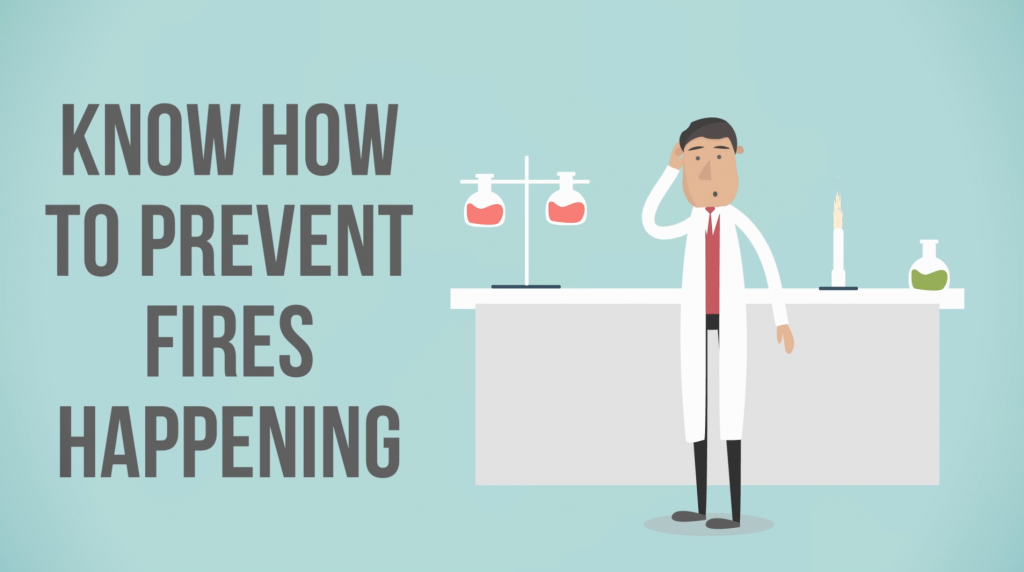Operating an airport is a high-pressure environment, ensuring the safe, smooth and timely travel of thousands of passengers each day.
Training can go a long way to reducing the stress of running an airport, from health & safety training to the “soft skills” of dealing with passenger complaints, these are all elements of training that can improve a passenger’s experience within an airport.
At Learning Nexus, we have been working with 3 UK based airports over the past few years, overseeing the travel of 14.7 million passengers in 2018.
Similarly, the 3 airports were responsible for 227,000 aircraft movements during 2018.
Here are the 3 most popular courses our 3 customers have used:
1. GDPR Awareness
With advances in technology, airports have become a potential hotbed for GDPR concerns. From self-service bag drop/check-in machines to the biometric systems utilised at customs, the potential for data to be mishandled is massive.
Our customers took steps to ensure that all staff were aware of the law behind GDPR, not only so they were self-aware, but they could advise colleagues how to spot poor practice.

2. Fire Safety & Evacuation
Fire safety and evacuation procedures are extremely important for office buildings and work environments. However, within this setting, almost all staff will be aware of the responsibilities they have and the procedure to exit the building safely.
The difference with airports is that they are dealing with a huge number of passengers every day – members of the public who won’t know the evacuation procedure. In fact, our clients as a whole see around 40,000 passengers per day on average – that’s 40,000 people who don’t know the evacuation procedure!
In the event of a fire, airports need all staff to be aware of their responsibilities – not only getting themselves safely out of the building but also ensuring all the members of public know where they need to go.

3. Slips, Trips and Falls
Airports are of course busy places – we’ve all seen the family or business person running through the terminal to get to their gate on-time. This is exactly when accidents can happen.
Our clients took the decision to ensure all staff were aware
of how to identify a slip, trip or fall risk and proactively reduce that risk. According
to the Health & Safety Executive [1] there
was an estimated 555,000 slips or falls to employees during 2017/2018. Although
these figures only cover “employees”, we can imagine the number for the general
public is much higher.
Changing the employee culture to actively reduce slip and trip risks is difficult, but our customers supplied all their staff with eLearning to help with this.

In summary Airports are unique working environments with their own difficulties, especially as they aren’t solely caring for staff, they are responsible for a huge number of members of the public. Ensuring staff keep everyone physically safe, as well as processing their data according to the law is imperative to a well operated transport hub.
Blog written by Lawrence Parkin – Marketing Executive
